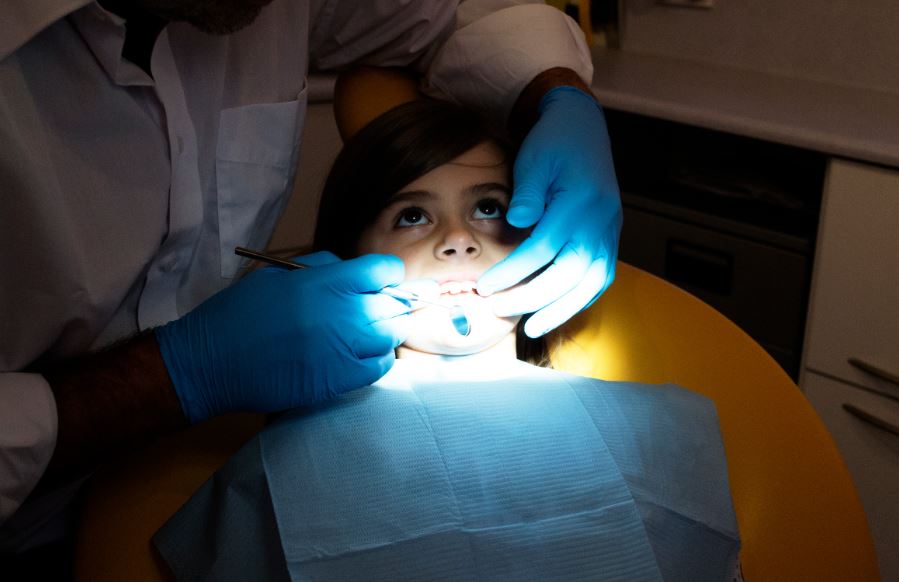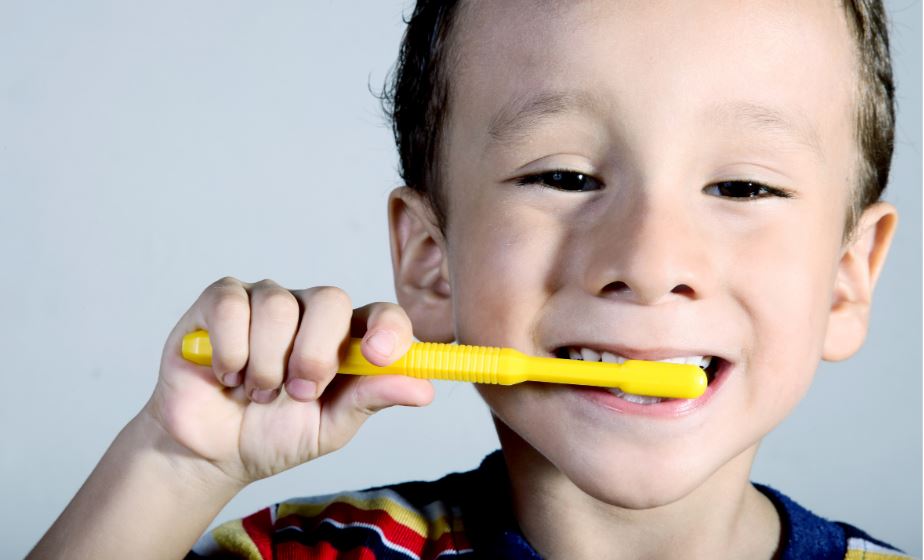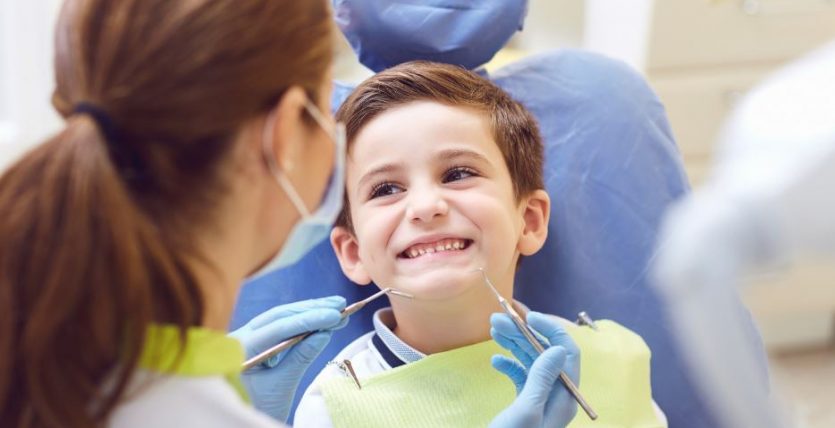What Does a Pediatric Dentist Do?
What Does a Pediatric Dentist Do?
Oral health is essential. And when it comes to the overall wellness of a growing child, their oral health must not be overlooked. That’s why the role of a pediatric dentist in your child’s health is vital.
Pediatric dentists are trained to look after the teeth and oral health of kids – from their infancy through the teenage years. Growing children will have different developmental stages throughout their childhood – and these stages include the development of their oral health.
These health professionals have the qualifications and experienced to care for children’s’ gums, mouths, and teeth.
Teeth will usually appear during the first six or seven months of a baby’s life. By the time they reach the age of six or seven, they start losing these baby teeth, to be replaced by what’s referred to as secondary permanent teeth.
Avoid a Lifetime of Dental Complications for Your Kids
Work with a Pediatric Dentist

If a child doesn’t get proper and consistent dental care, they will develop tooth decay and possible oral diseases.
These conditions can lead to a lifetime of health complications.
Nowadays, dental conditions are proven to be up to five times more in common than asthma. They’re also seven times more common in children than hay fever or allergies.
Training and Education of a Pediatric Dentist
If you’re wondering what type of education and training a pediatric dentist does, then read on. First of all, it’s not an easy feat. There’s a lot of knowledge and training needed to understand children’s oral health and address oral health issues.
In comparison to general dentistry, there are additional steps required for an aspiring dentist to focus on pediatrics dentistry. However, pediatrics dentistry share some of the same procedures and techniques from general dentistry.
Since the patients of pediatrics dentists range from babies to teenagers, they have to know these individuals’ different oral health stages. Also, they must be trained to handle the oral needs of children with special needs.
A dentist specializing in pediatrics dentistry needs to be adept in communicating and educating the children and their parents about the significance of oral health and the right preventative care measures.
Aspiring dentists need to complete up to four years of dental school. After that, they typically need to undergo a residency training period which can last up to two years.
During their residency, they will focus on addressing the oral and dental issues of infants, children, teenagers, and children with special needs.
Common Dental Issues of Kids
The following are some of the most common oral issues among children.
- Cavities or tooth decay
- Thumb sucking
- Lip sucking
- Dental emergencies because of falling down, playing, or doing other physical activities
- Early tooth loss
- Gum disease
- Tongue thrusting
- Dental phobia and anxiety
Pediatric Dentistry Services
A dentist specializing in pediatrics offers a comprehensive range of oral healthcare solutions.
During the infant years, the dentist can provide infant dental health exams. This type of exam entails a risk assessment for the mother and the child.

Preventative oral care is also provided for children. They are taught how to clean their teeth, mouth, and tongue with proper brushing and flossing.
The dentist will also impart some wisdom on recommended diet and nutrition to facilitate good oral health.
If your child needs habit counseling to fix certain issues such as pacifier usage or thumb sucking, a pediatric dentist is trained to address these issues.
If your child needs his or her bite corrected, or their teeth straightened, a pediatric dentist can assess the condition early on and recommend the right solutions based on the child’s age and oral condition.
